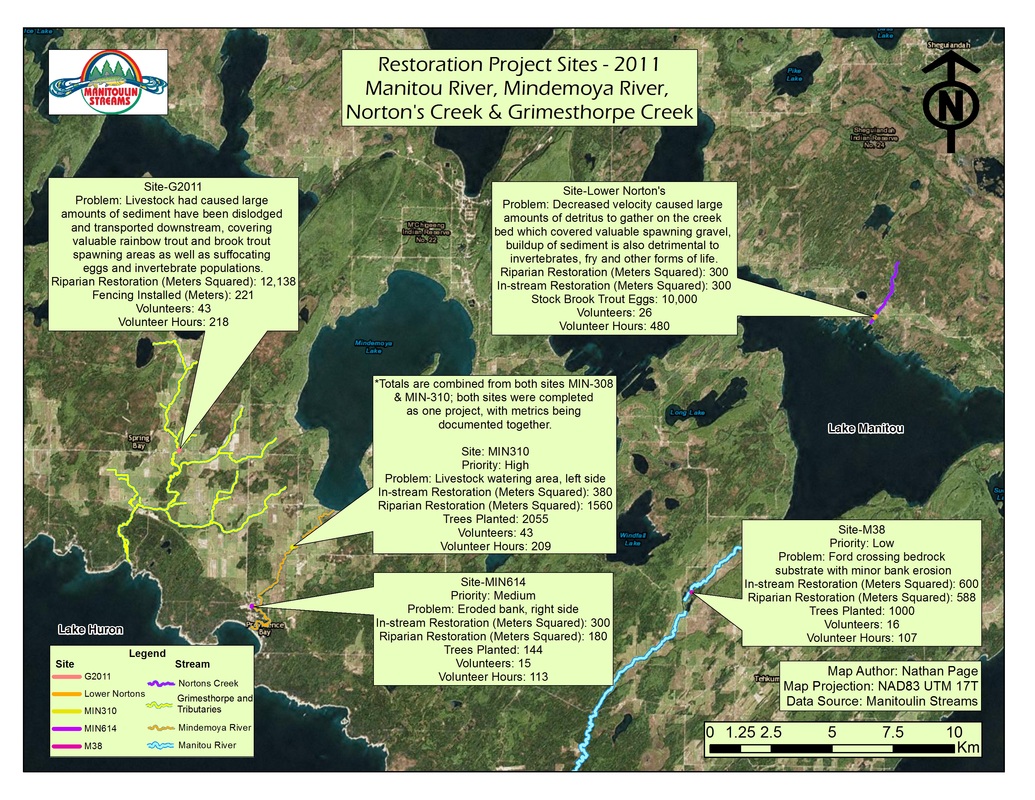|
|
- About Us
- Projects
- Get Involved
-
Education/Resources
- Virtual Stream Tours
- Boat Launches Manitoulin Island
-
Species at Risk
>
- Northern Map Turtle
- The Bald Eagle
- Bobolink
- Black Tern
- Barn Swallow
- Northern Brook Lamprey
- Short Jaw Cisco
- Short Nose Cisco
- Upper Great Lakes Kiyi
- Cerulean Warbler
- Eastern Meadowlark
- Henslow's Sparrow
- Least Bittern
- Loggerhead Shrike
- Peregrine Falcon
- Piping Plover
- Yellow Rail
- Lake Sturgeon
- Dwarf Lake Iris
- Aweme Borer Moth
- Gattinger"s Agalinis
- Hill's Pondweed
- Houghton's Goldenrod
- Lakeside Daisy
- Pitcher's Thistle
- Eastern Ribbon Snake
- Massasauga Rattle Snake
- Blanding's Turtle
- Snapping Turtle
- Bank Swallow
- Youth Interactive Fun >
- Climate Change >
- Invasive Species Awareness >
- Hunter & Trapper Workshops >
-
Media
- Funding & Partners
- Contact
- Angling Trade Fair 2024
|


